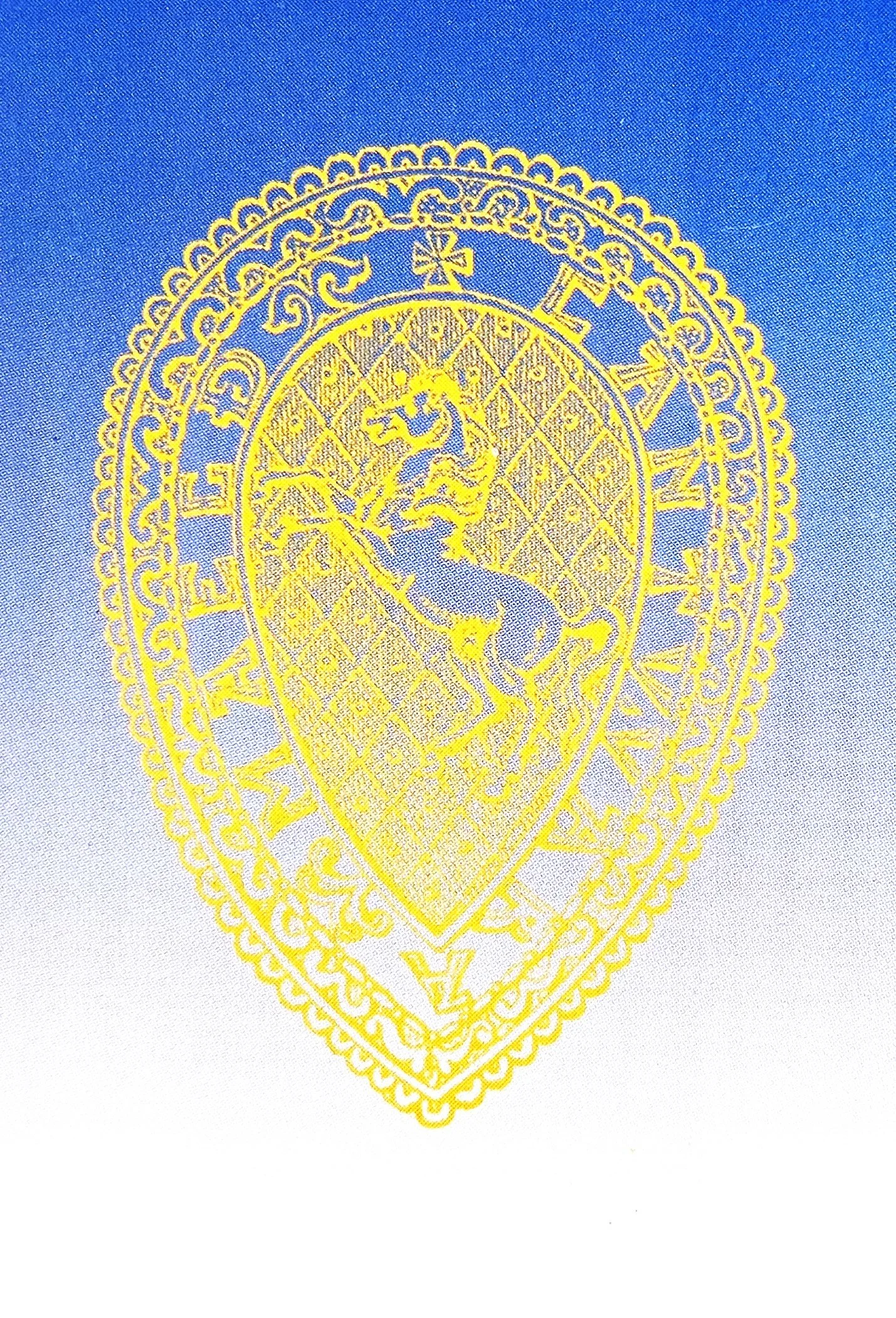Shiela Broomfield, 2002, KAS Newsletter, Issue 53 (Summer 2002). Maidstone: Kent Archaeological Society.
Dr Paul Wilkinson, Head of School, 2002, KAS Newsletter, Issue 53 (Summer 2002). Maidstone: Kent Archaeological Society.
KAS Newsletter, Issue 53 (Summer 2002). Maidstone: Kent Archaeological Society.
KAS Newsletter, Issue 53 (Summer 2002). Maidstone: Kent Archaeological Society.
Paul Ashbee, 2002, KAS Newsletter, Issue 53 (Summer 2002). Maidstone: Kent Archaeological Society.
KAS Newsletter, Issue 53 (Summer 2002). Maidstone: Kent Archaeological Society.
KAS Newsletter, Issue 53 (Summer 2002). Maidstone: Kent Archaeological Society.
Shiela Broomfield, 2002, KAS Newsletter, Issue 53 (Summer 2002). Maidstone: Kent Archaeological Society.
KAS Newsletter, Issue 53 (Summer 2002). Maidstone: Kent Archaeological Society.
, 2002, KAS Newsletter, Issue 53 (Summer 2002). Maidstone: Kent Archaeological Society.
KAS Newsletter, Issue 53 (Summer 2002). Maidstone: Kent Archaeological Society.
John Whyman, Chairman Publications Committee, 2002, KAS Newsletter, Issue 53 (Summer 2002). Maidstone: Kent Archaeological Society.
KAS Newsletter, Issue 53 (Summer 2002). Maidstone: Kent Archaeological Society.
KAS Newsletter, Issue 53 (Summer 2002). Maidstone: Kent Archaeological Society.
Philip Lawrence, 2002, KAS Newsletter, Issue 53 (Summer 2002). Maidstone: Kent Archaeological Society.
Tony Wilmott, 2002, KAS Newsletter, Issue 53 (Summer 2002). Maidstone: Kent Archaeological Society.
Shiela Broomfield, 2002, KAS Newsletter, Issue 53 (Summer 2002). Maidstone: Kent Archaeological Society.
Tom Holbrook OBE, 2002, KAS Newsletter, Issue 53 (Summer 2002). Maidstone: Kent Archaeological Society.
KAS Newsletter, Issue 53 (Summer 2002). Maidstone: Kent Archaeological Society.
KAS Newsletter, Issue 53 (Summer 2002). Maidstone: Kent Archaeological Society.
KAS Newsletter, Issue 53 (Summer 2002). Maidstone: Kent Archaeological Society.
The Editor, 2002, KAS Newsletter, Issue 53 (Summer 2002). Maidstone: Kent Archaeological Society.














Keith Parfitt, 2002, KAS Newsletter, Issue 53 (Summer 2002). Maidstone: Kent Archaeological Society.